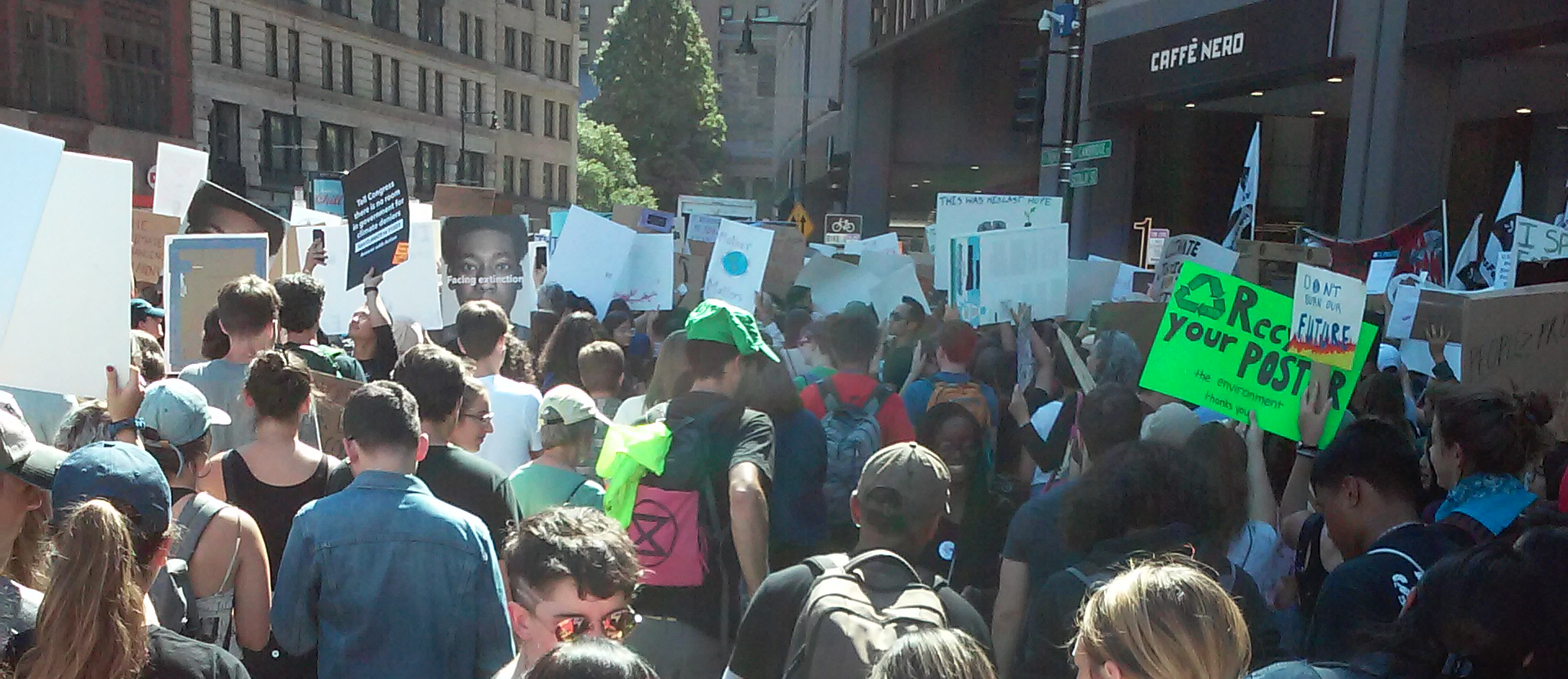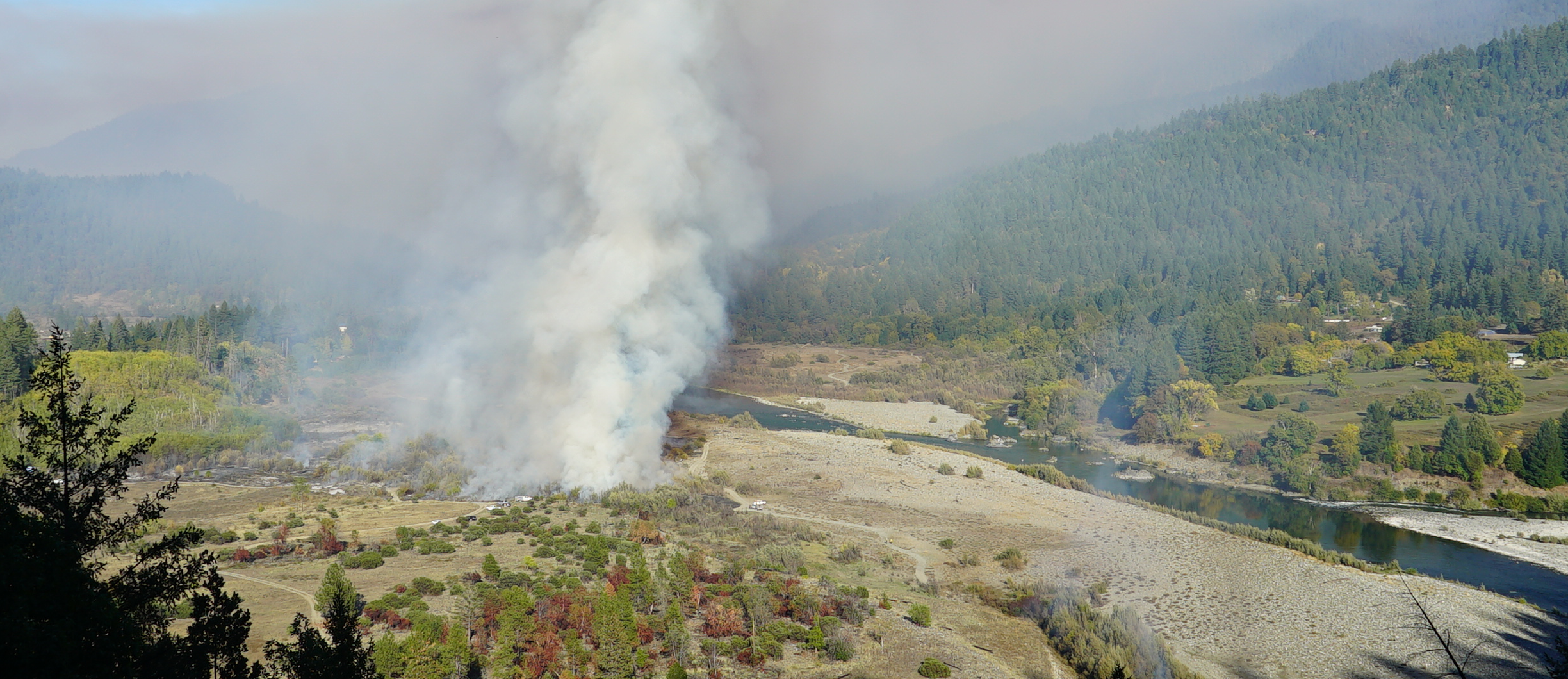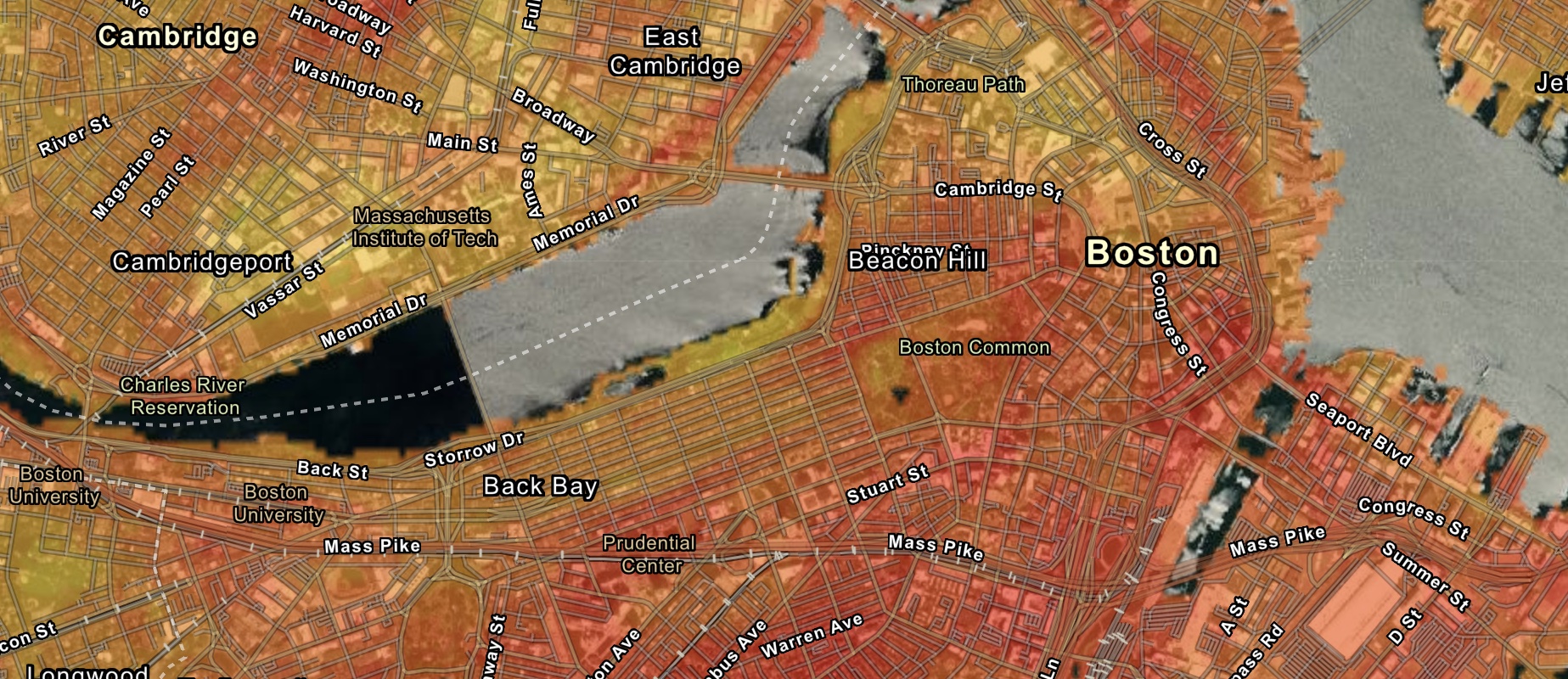Many environmental justice efforts are framed as local fights, like the stories on the opposite wall about landscapes in the Greater Boston area. But with economic systems that reach around the earth and global climate change connecting the whole world together, it’s also crucial to recognize that environmental and social problems can reverberate far away from the places we’re familiar with. Our dinner plates, our gas tanks, and our wardrobes are all full of products that are sourced from distant regions, making us all part of a shared ecological system, even though vast disparities in wealth and power mean that we still are kept apart in many ways.
We may all be in the Anthropocene but we’re not all in it in the same way.
— Rob Nixon, “The Anthropocene: The Promise and Pitfalls of an Epochal Idea,” Edge Effects (November 2014)
[Map of parts of Venezuela and Colombia]
Richard Mayer
ca. 1910–1923
Leventhal Map & Education Center
![Image of [Map of parts of Venezuela and Colombia]](https://iiif.digitalcommonwealth.org/iiif/2/commonwealth:4m90fm18q/full/,800/0/default.jpg)
This colorful map shows the northernmost part of South America in the early twentieth century. Though they look beautiful on the map, the colors actually represent a major episode in the emergence of a global petrochemical industry: each shaded tract shows claims made by companies scrambling to acquire the rights to oil-producing areas during a major boom. By 1928 Venezuela would be the world’s largest oil exporter. The legend, reproduced below, shows the international geography of the petroleum economy, with firms and corporations from the United States and Europe dominating the claims. Today, Venezuela’s oil industry is nationalized, but the legacy of a century of toxic production weighs heavily on the local population, with Lake Maracaibo (in Spanish as Lago de Maracaibo on this map) severely polluted and slicked with oil spills. While US sanctions have cut off the export market, as recently as the mid-2000s the US imported more than 550 million barrels of oil annually from Venezuela.










